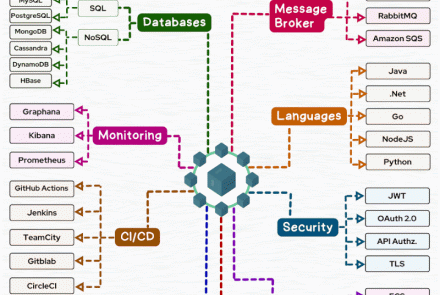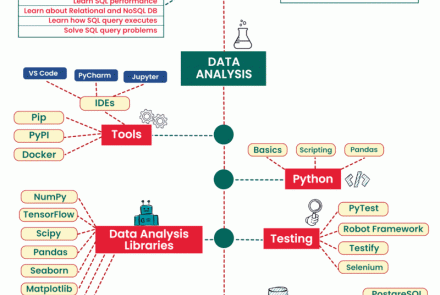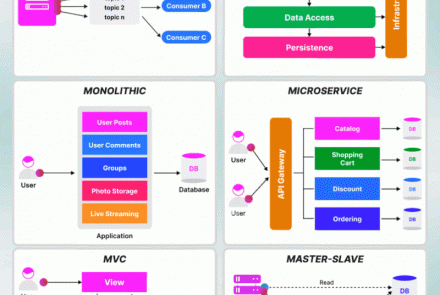(Tải về) Sách Java và XML
XML, XML, XML, XML. You can see it on hats and t-shirts, read about it on the cover of every technical magazine on the planet, and hear it on the radio or the occasional Gregorian chant album. . . . Well, maybe it hasn't gone quite that far yet, but don't be surprised if it does. XML, the Extensible Markup Language, has seemed to take over every aspect of technical life, particularly in the Java™ community. An application is no longer considered an enterprise-level product if XML isn't being used somewhere.
Legacy systems are being accessed at a rate never before seen, and companies are saving millions and even billions of dollars on system integration, all because of three little letters. Java #developers wake up with fever sweats wondering how they are going to absorb yet another technology, and the task seems even more daunting when embarked upon; the road to XML mastery is lined with acronyms: XML, XSL, XPath, RDF, XML Schema, DTD, PI, XSLT, XSP, JAXP™, SAX, DOM, and more. And there isn't a development manager in the world who doesn't want his or her team learning about XML today!
When XML became a formal specification at the World Wide Web Consortium in early 1998, relatively few were running in the streets claiming that the biggest thing since Java itself (arguably bigger!) had just made its way onto the technology stage. Barely two years later, XML and a barrage of related technologies for manipulating and constraining XML have become the mainstay of data representation for Java systems.
XML promises to bring to a data format what Java brought to a programming language: complete portability. In fact, it is only with XML that the promise of Java is realized; Java's portability has been seriously compromised as proprietary data formats have been used for years, enabling an application to run on multiple platforms, but not across businesses in a standardized way. XML promises to fill this gap in complete interoperability for Java programs by removing these proprietary data formats and allowing systems to communicate using a standard means of data representation.



























